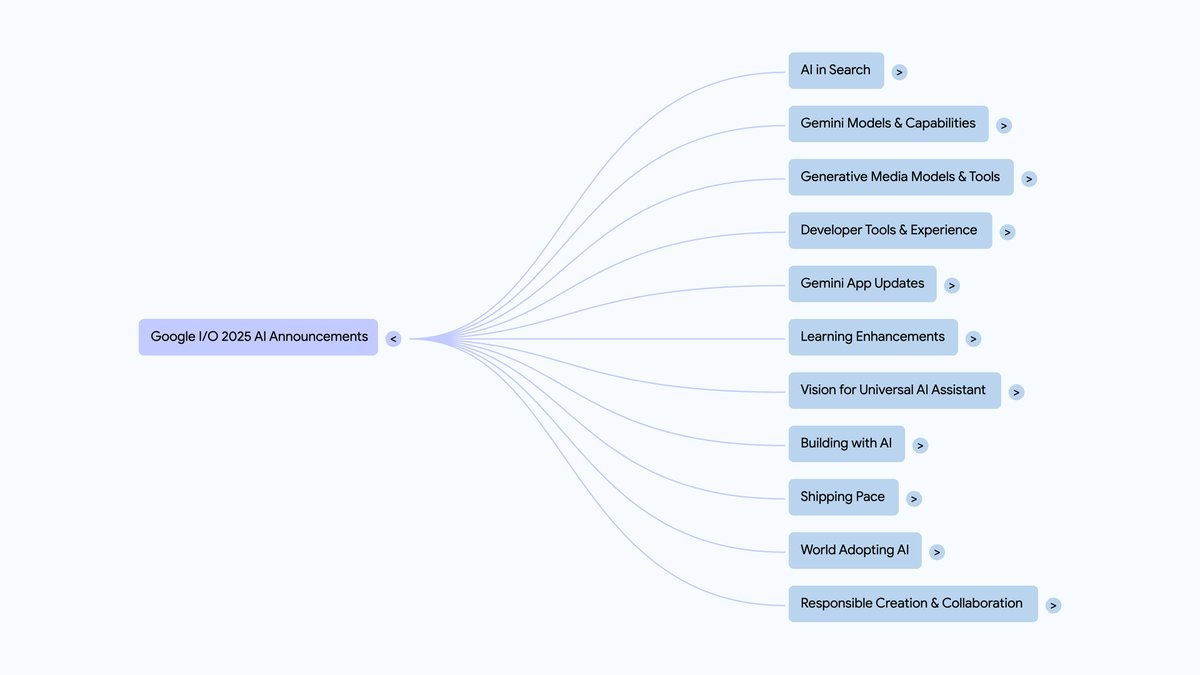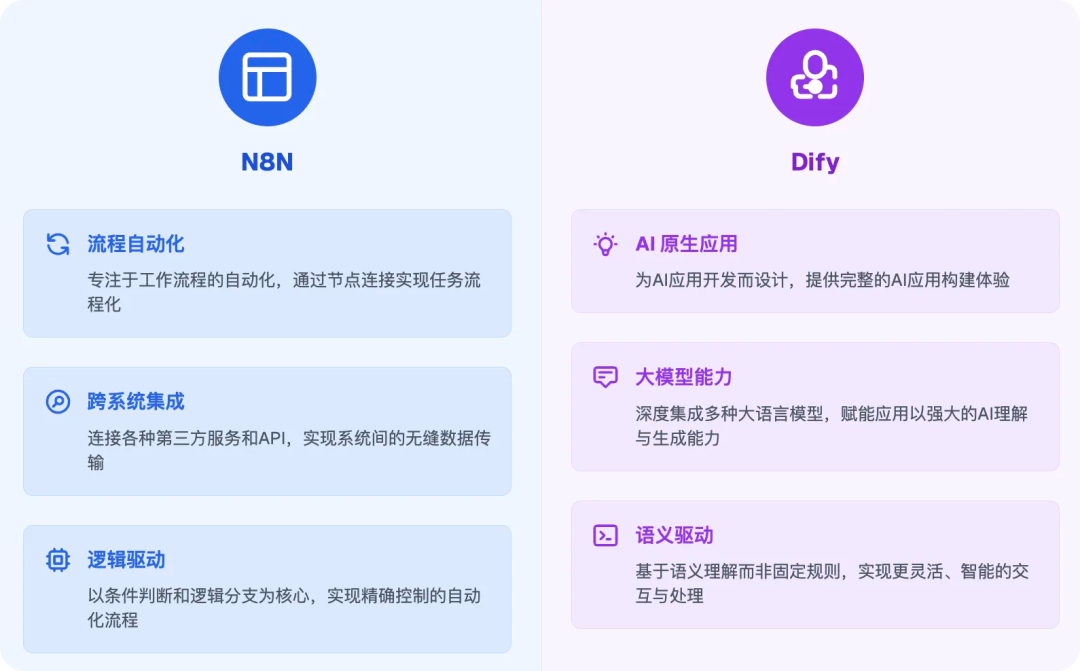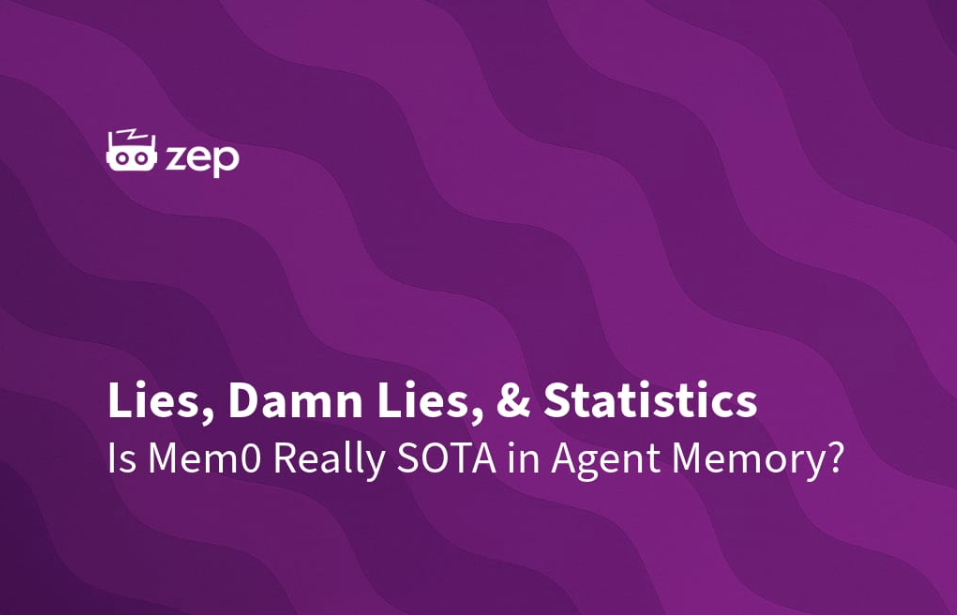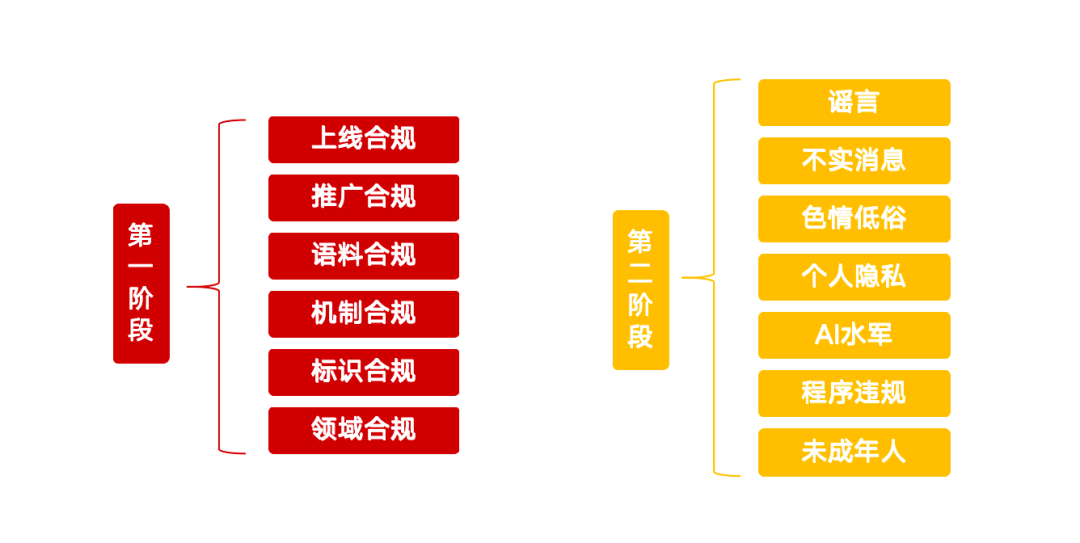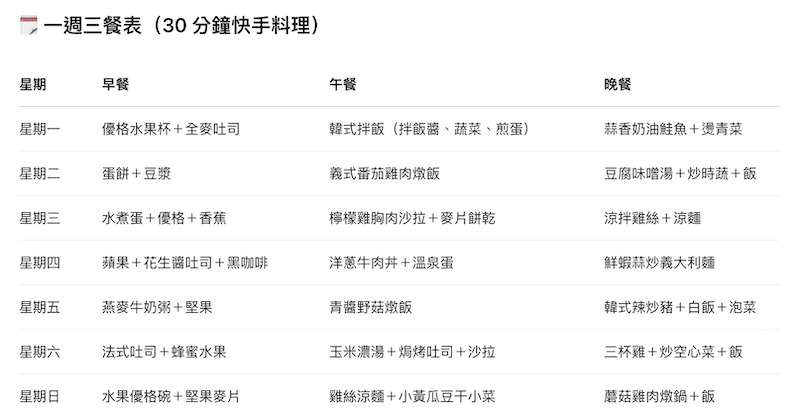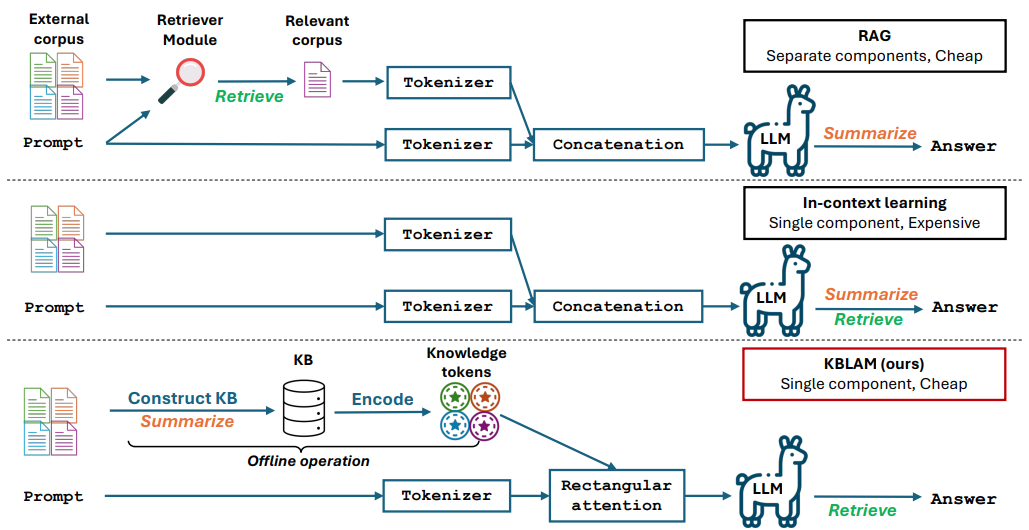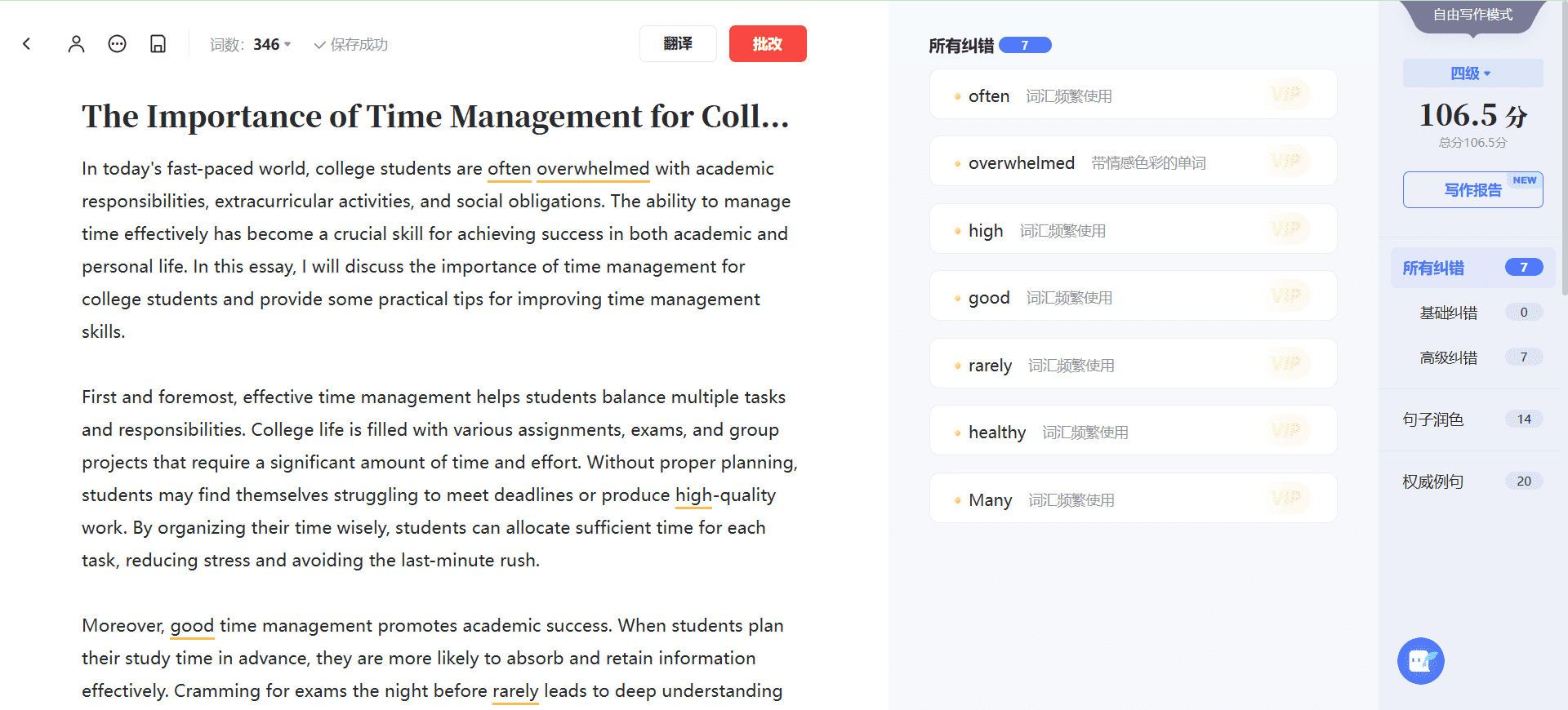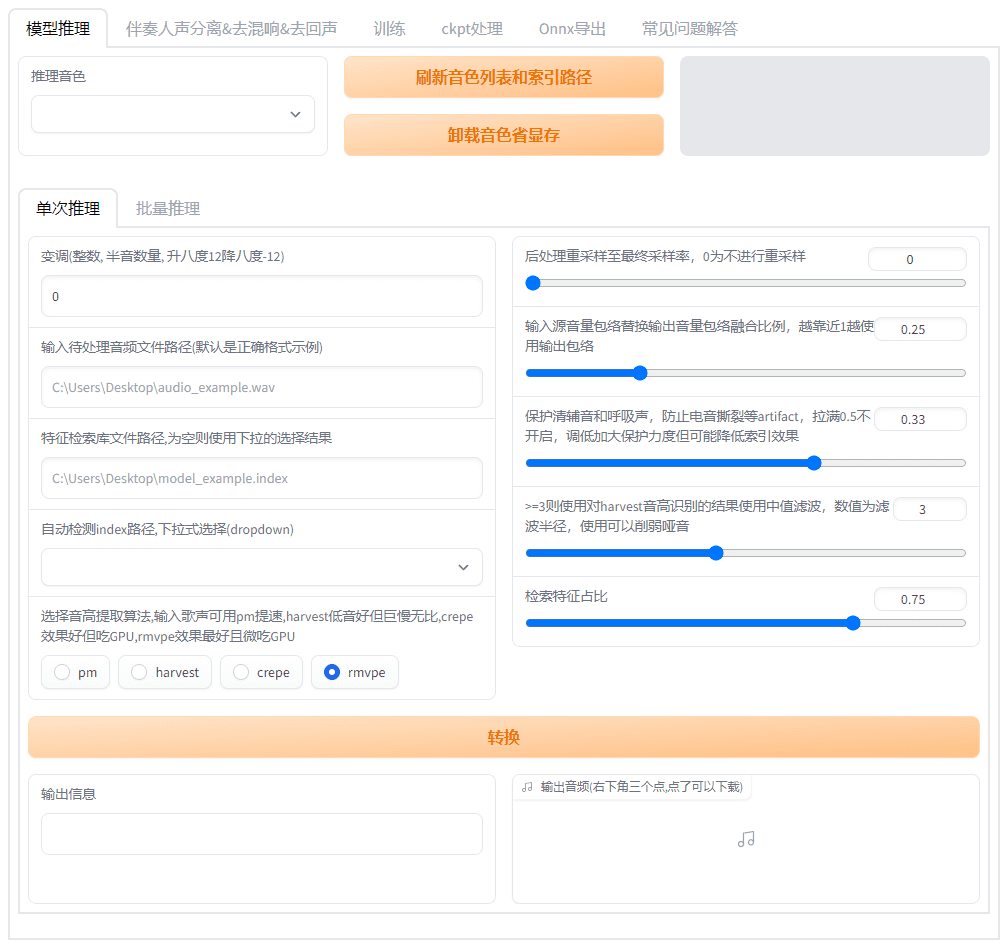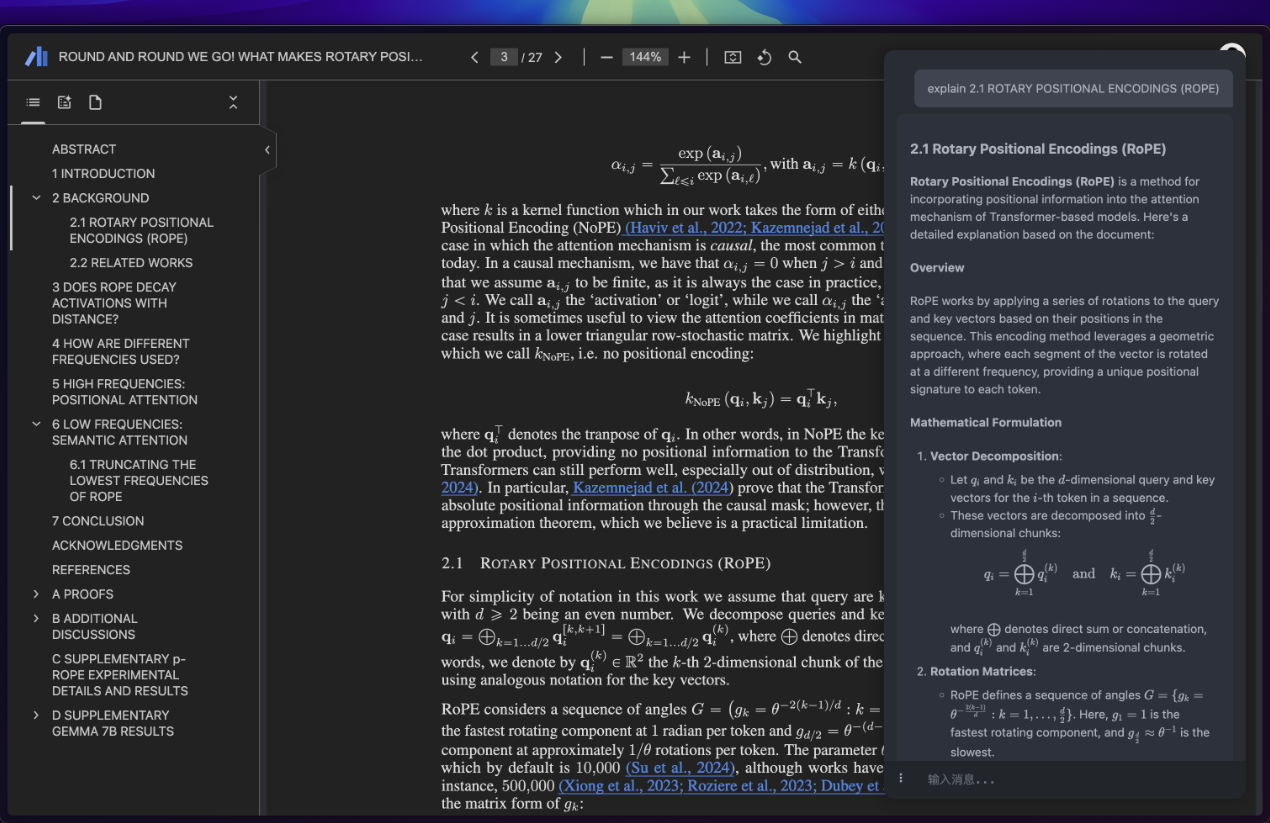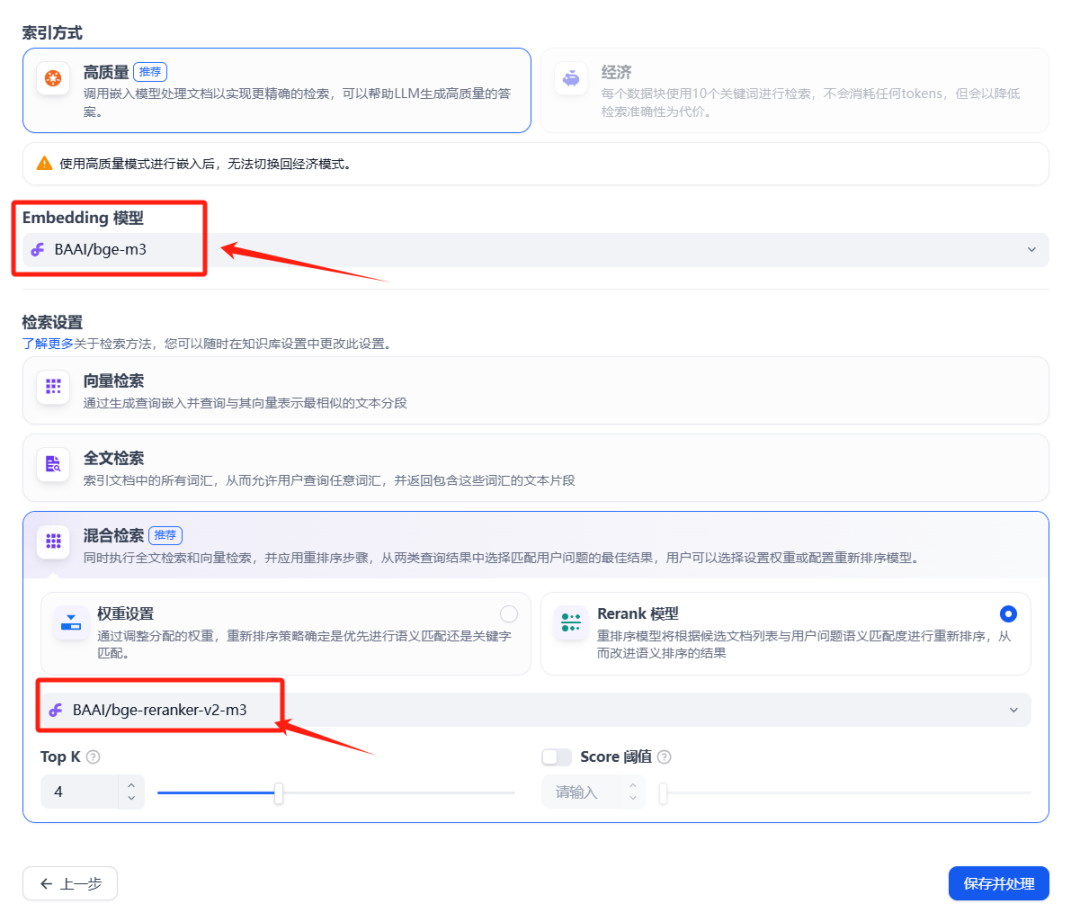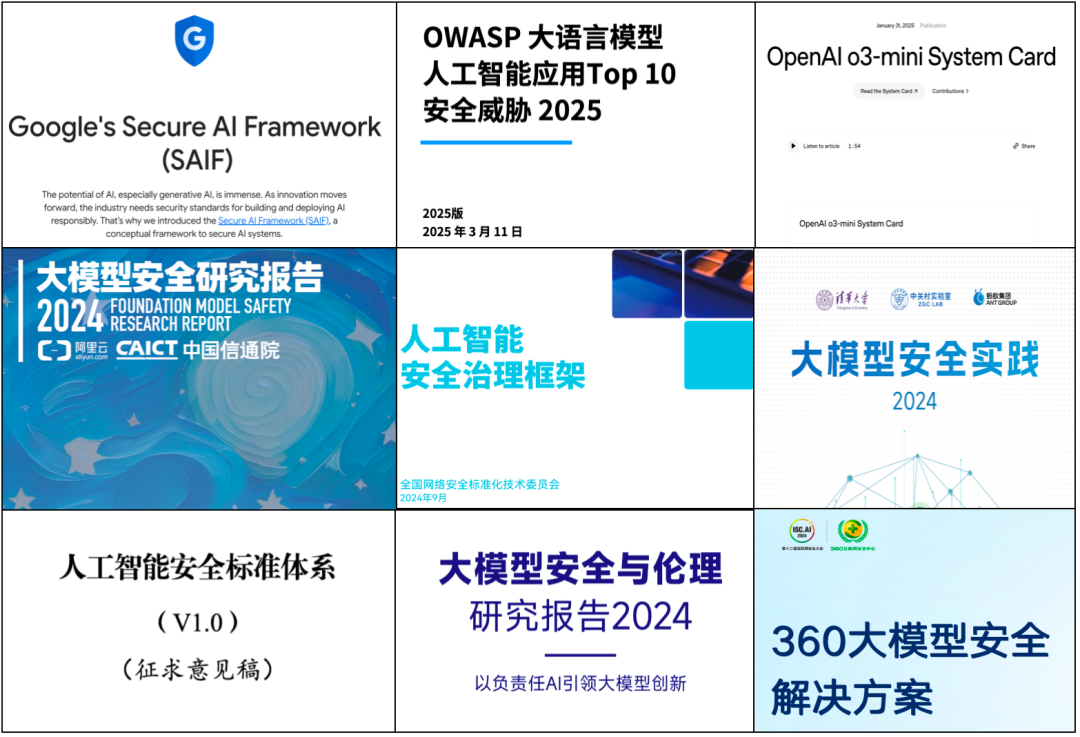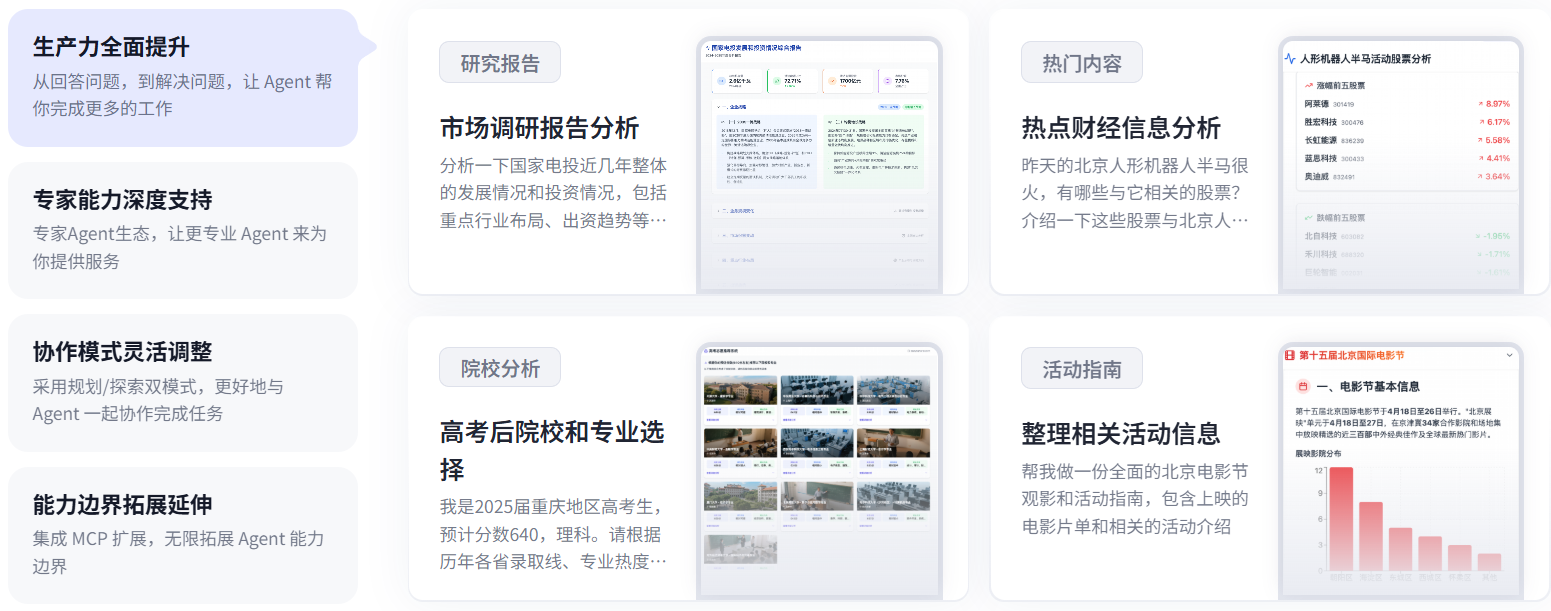Course Instructor. Dr. Pranav Rajpurkar (Assistant Professor, Harvard University)
Course Overview. This course will take you on a deep dive into cutting-edge AI development tools such as PyTorch, Lightning, and Hugging Face, and optimize your workflow with VSCode, Git, and Conda. You'll learn how to leverage the cloud computing power of AWS and Colab to train large-scale deep learning models with lightning-fast GPU acceleration. In addition, you will master best practices for managing large numbers of experiments using Weights and Biases. This course will also teach you how to systematically read research papers, generate new ideas, and present them in slides or papers. You'll even learn valuable project management and team communication skills used by top AI researchers.
Course Objective.
- Mastery of tools and techniques commonly used in AI research.
- Ability to perform literature searches, read and summarize AI research papers.
- Ability to use various frameworks and libraries for model development, training, and evaluation.
- Ability to perform experiment management, hyperparameter searches and model performance comparisons.
- Ability to generate, iterate and evaluate research ideas.
- Ability to write and organize research papers and produce high quality slides.
- Ability to work effectively in teamwork and project management.
Course Catalog.
I. Course Description and Foundations (Chapters 1-2, 59 pages)
- Chapter 1: You Complete My Sandwiches - Exciting Advances with AI Language Models
- Learning Objectives:
- Interact with the language model using zero and small sample learning to test its capabilities.
- Build simple applications using GPT-3's text completion and Codex's code generation capabilities.
- Understand the harmful tendency of language models to potentially reflect social biases.
- Corresponding notes: Harvard CS197 Lecture 1 Notes
- Learning Objectives:
- 第2章: The Zen of Python – Software Engineering Fundamentals (Python之禅 – 软件工程基础)
- Learning Objectives:
- Efficiently edit the Python code base using the VSCode editor.
- Proficient in the use of Git and Conda in coding workflows.
- Use breakpoints and log points for debugging, not print statements.
- Use linting to find errors and improve Python code style.
- Corresponding notes: Harvard CS197 Lecture 2 Notes
- Learning Objectives:
II. Literature reading and model fine-tuning (Chapters 3-4, 41 pages)
- 第3章: Shoulders of Giants – Reading AI Research Papers (站在巨人的肩膀上 – 阅读AI研究论文)
- Learning Objectives:
- Conduct a literature search to identify papers related to the topic of interest.
- Read machine learning research papers and summarize their contributions.
- Summarize previous work in a particular area.
- Corresponding notes: Harvard CS197 Lecture 3 Notes
- Learning Objectives:
- 第4章: In-Tune with Jazz Hands – Fine-tuning a Language Model using Hugging Face (与爵士手共舞 – 使用Hugging Face微调语言模型)
- Learning Objectives:
- Use the datasets library to load and process natural language processing datasets.
- Segment a text sequence and understand the steps used in segmentation.
- Constructing datasets and training steps for causal language modeling.
- Corresponding notes: Harvard CS197 Lecture 4 Notes
- Learning Objectives:
III. PyTorch In-Depth with Visual Transformer (Chapters 5-7, 33 pages)
- 第5章: Lightning McTorch – Fine-tuning a Vision Transformer using Lightning (闪电McTorch – 使用Lightning微调视觉Transformer)
- Learning Objectives:
- Interact with the code to explore image data loading and tokenization for use with the Visual Transformer.
- Parsing the code of the PyTorch architecture and modules used to build the Visual Transformer.
- Familiarize yourself with example training workflows using PyTorch Lightning.
- Corresponding notes: Harvard CS197 Lecture 5 Notes
- Learning Objectives:
- 第6-7章: Moonwalking with PyTorch – Solidifying PyTorch Fundamentals (与PyTorch一起太空漫步 – 巩固PyTorch基础)
- Learning Objectives:
- Perform tensor operations in PyTorch.
- Understanding forward and backward propagation in neural networks in the context of Autograd.
- Detecting common problems in PyTorch training code.
- Corresponding notes: Harvard CS197 Lecture 6 & 7 Notes
- Learning Objectives:
IV. Experiment Management and Hyperparameter Search (Chapters 8-9, 22 pages)
- 第8-9章: Experiment Organization Sparks Joy – Organizing Model Training with Weights & Biases and Hydra (实验组织激发快乐 – 使用Weights & Biases和Hydra组织模型训练)
- Learning Objectives:
- Manage experiment logging and tracking through Weights & Biases.
- Perform a hyperparametric search using Weights & Biases Sweeps.
- Manage complex configurations with Hydra.
- Corresponding notes: Harvard CS197 Lecture 8 & 9 Notes
- Learning Objectives:
V. Research Ideas and Essay Writing (Chapters 10-13, 23 pages)
- 第10-11章: I Dreamed a Dream – A Framework for Generating Research Ideas (我有一个梦想 – 产生研究想法的框架)
- Learning Objectives:
- Identify gaps in the research paper, including the research question, experimental setup, and results.
- Generate ideas based on the research paper, considering the task of interest, the evaluation strategy, and the elements of the proposed methodology.
- Iterate your ideas to improve their quality.
- Corresponding notes: Harvard CS197 Lecture 10 & 11 Notes
- Learning Objectives:
- 第12-13章: Today Was a Fairytale – Structuring a Research Paper (今天是童话故事 – 构建研究论文)
- Learning Objectives:
- Deconstructing the elements of a research paper and their order.
- Document the global and local structure of research paper writing.
- Corresponding notes: Harvard CS197 Lecture 12 & 13 Notes
- Learning Objectives:
VI. Deep Learning and Model Fine-Tuning in the Cloud (Chapters 14-17, 31 pages)
- 第14-15章: Deep Learning on Cloud Nine – AWS EC2 for Deep Learning: Setup, Optimization, and Hands-on Training with CheXzero (云端九号深度学习 – 用于深度学习的AWS EC2:设置、优化和使用CheXzero进行实践训练)
- Learning Objectives:
- Learn how to set up and connect to an AWS EC2 instance for deep learning.
- Learn how to modify deep learning code to use the GPU.
- Gain hands-on experience running the model training process using a real code base.
- Corresponding notes: Harvard CS197 Lecture 14 & 15 Notes
- Learning Objectives:
- 第16-17章: Make your dreams come tuned – Fine-Tuning Your Stable Diffusion Model (让您的梦想成真 – 微调您的Stable Diffusion模型)
- Learning Objectives:
- Create and fine-tune Stable Diffusion models using the Dreambooth template notebook.
- Use AWS acceleration to train Stable Diffusion models using GPUs.
- Use unfamiliar codebases and new tools, including Dreambooth, Colab, Accelerate, and Gradio, without having to dive into them.
- Corresponding notes: Harvard CS197 Lecture 16 & 17 Notes
- Learning Objectives:
VII. Research efficiency and teamwork (Chapters 18-19, page 19)
- 第18章: Research Productivity Power-Ups – Tips to Manage Your Time and Efforts (研究效率提升 – 管理您的时间和精力的技巧)
- Learning Objectives:
- Learn how to use update meetings and work sessions to stay on the same page and make progress on projects.
- Learn how to use a variety of tools and techniques to improve team communication and project organization.
- Learn strategies for organizing project work, considering the phases of the project and the various tasks involved.
- Corresponding notes: Harvard CS197 Lecture 18 Notes
- Learning Objectives:
- 第19章: The AI Ninja – Making Progress and Impact in AI Research (AI忍者 – 在AI研究中取得进展和影响)
- Learning Objectives:
- Learn how to make steady progress in your research, including managing relationships with mentors and developing skills.
- Gain a deeper understanding of how to increase the impact of your work.
- Corresponding notes: Harvard CS197 Lecture 19 Notes
- Learning Objectives:
VIII. Slide production and statistical testing (Chapters 20-21, 25 pages)
- 第20章: Bejeweled – Tips for Creating High-Quality Slides (珠光宝气 – 创建高质量幻灯片的技巧)
- Learning Objectives:
- Apply key principles of the assertion-evidence approach to create effective presentation slides.
- Identify common pitfalls in typical slide presentations and strategies to avoid them.
- Apply the techniques learned in this lecture to real examples of research presentation slides to improve their effectiveness.
- Corresponding notes: Harvard CS197 Lecture 20 Notes
- Learning Objectives:
- 第21章: Model Showdown – Statistical Testing to Compare Model Performances (模型对决 – 比较模型性能的统计测试)
- Learning Objectives:
- Learn about the different statistical tests that can be used to compare machine learning models, including the McNemar test, paired t-tests, and bootstrap methods.
- The ability to implement these statistical tests in Python to evaluate the performance of two models on the same test set.
- Ability to select appropriate tests for a given research problem, including tests of statistical superiority, non-inferiority, and equivalence.
- Corresponding notes: Harvard CS197 Lecture 21 Notes
- Learning Objectives:
IX. Assignments
- Assignment 1: The Language of Code
- Assignment 2: First Dive in AI (AI初探)
- Assignment 3: Torched (Torch)
- Assignment 4: Spark Joy
- Assignment 5: Ideation and Organization
- Assignment 6: Stable Diffusion and Research Operations
X. Course Project
- Project Details. You will build a cutting-edge research program that applies artificial intelligence to medicine. The course provides a clearly defined research direction, allowing you to formulate a research question and conduct end-to-end research. You will utilize the research tools and technical skills learned in class to complete this project. From this final project, you will gain valuable experience in conducting real research in medical AI and handle a project from concept to full manuscript.
XI. Concluding remarks (Congratulations)
We hope you find this study catalog helpful! Good luck with your studies!
download address




